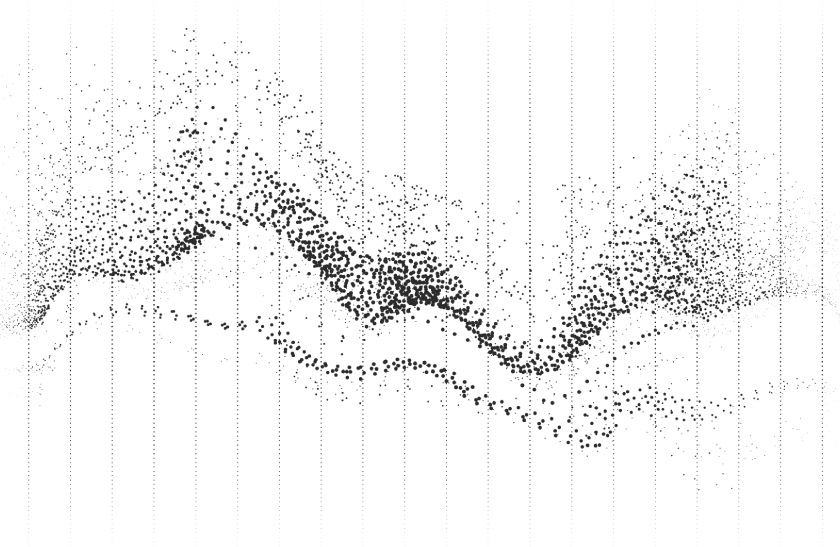European pet, vet & animal-health sector overview
by Craig Lawson
The European pet, veterinary services and animal-health sector is a large, growing market driven by the “humanisation” of pets and associated rising pet ownership, increasing preventive care, and ongoing innovation in pharmaceuticals, biologics and diagnostics.
Globally these markets are estimated in excess of EUR 340 billion with the US accounting for ~50% of the market, and the rest of the world, led strongly by Europe, accounting for the other 50%. Growth rate percentages vary by subsector but are generally in the mid to high single digits.
Market size & growth
- Pet care (food, supplies, services): Generally considered “consumer” versus “healthcare” and at a global level sales reached roughly EUR 340 billion in 2024, with Western Europe showing continuing value growth driven by humanisation and premiumisation of pets. In recent years, “value” over volume dynamics have prevailed as growth oriented COVID dynamics slowed or reversed and inflation has pressured the high end.
- Veterinary services: Generally considered a hybrid between consumer and healthcare, veterinary services in Europe stand at ~EUR 34–37 billion (2024–2025), with double-digit growth projections in some services analyses driven by consolidation, expanded offerings, and telemedicine/tech adoption.
- Animal-health (manufactured products): Healthcare in nature, and oftentimes an offshoot of human healthcare, the Europe animal-health market is approximately EUR 15 billion in 2024, with analysts projecting robust growth through the 2020s.
- Insurance: of note as well, the European pet insurance market is estimated at ~EUR 7 billion, with penetration in certain countries 30%.
Major trends & developments
- Pet humanisation & premiumisation: Owners increasingly treat pets like family members, driving spending on premium food, supplements, diagnostics and wellness plans.
- Consolidation of the vet channel: M&A by corporate practice groups continues across Europe, bringing centralized management, expanded services (imaging, surgery, specialty care) and capital for technology. This consolidates purchasing power and raises barriers for small independents.
- Preventive care and recurring revenue models: Subscription food/treat plans, wellness plans and chronic-care programs are expanding; vets are shifting toward continuous care rather than episodic visits, increasing lifetime customer value.
- Pharma/biologics innovation: Growth in veterinary pharmaceuticals, vaccines and biologics (including novel parasiticides and oncology/dermatology agents) underpins the animal-health segment’s higher CAGR versus broader pet retail.
- Digital & diagnostic disruption: Telemedicine, at-home diagnostics, wearable monitors and AI-enabled triage/diagnostic support are accelerating. These tools increase access and efficiency but also shift revenue mix toward services and digital subscriptions.
From an M&A perspective, the pet, vet, and animal space has long been active with companies attractive to both PE and strategics, particularly the pet and vet subsectors. Through 1H2025, Europe saw ~115 pet sector deals, most in the middle market, with pet food & treats, veterinary services, pet health/wellness and pet tech all contributing.
Sources: Grand View Research, Pitchbook, IBIS World, Euromonitor
Craig Lawson is a managing director at Hyde Park Capital, based in San Francisco. He leads the firm's consumer sector with a focus on including pet, vet, and animal health. He brings over 25 years of M&A and capital markets experience across sell-side, buy-side, and strategic advisory.

/https://storage.googleapis.com/ggi-backend-prod/public/media/7121/3999d493-328a-43b1-91b5-908f9e16839e.jpg)
/https://storage.googleapis.com/ggi-backend-prod/public/media/2786/Hyde-Park-Capital-Advisors,-LLC_Logo.jpg)
/https://storage.googleapis.com/ggi-backend-prod/public/media/7120/893311ee-73c5-4d60-9d89-999e4d047882.jpg)
/https://storage.googleapis.com/ggi-backend-prod/public/media/7119/6348e5b2-7156-4fb5-83c1-08f7007d0da4.jpg)
/https://storage.googleapis.com/ggi-backend-prod/public/media/7118/8bfea676-65fd-4870-85d3-916f4afffd5e.jpg)
/https://storage.googleapis.com/ggi-backend-prod/public/media/7117/54cb98d4-eb0e-46f6-bd2e-c9f7e08ccab2.jpg)